Retro Replay Review
Gameplay
Conflict in Vietnam builds on the “accelerated real-time” engine of its predecessors, translating it to the dense jungles and rice paddies of Indochina. Players command a variety of units—from mortar squads to helicopter gunships—managing every engagement as it unfolds. The feeling of momentum is palpable: reinforcements arrive on schedule, supply lines hum along, and each skirmish can quickly spiral into a desperate race against time.
(HEY YOU!! We hope you enjoy! We try not to run ads. So basically, this is a very expensive hobby running this site. Please consider joining us for updates, forums, and more. Network w/ us to make some cash or friends while retro gaming, and you can win some free retro games for posting. Okay, carry on 👍)
The simulation depth is impressive, even by today’s standards. You’ll juggle a day-night cycle, weather shifts that can ground helicopters, terrain modifiers that slow infantry advances, and the ever-critical supply network. Units gain experience over multiple battles, meaning a veteran platoon will perform far more reliably than raw recruits. Formations matter too: tight columns can be devastating in open fields, while dispersed tactics reduce casualties when navigating dense jungle.
Multiplayer enthusiasts can engage in hotseat duels, plotting ambushes or head-on assaults against a human opponent. Solo players will appreciate the randomized enemy priorities in some scenarios, which inject unpredictability into each replay. Whether you favor surgical precision air assaults or slow, methodical infantry pushes, Conflict in Vietnam offers a sandbox of strategic possibilities.
Graphics
At first glance, the graphics of Conflict in Vietnam feel utilitarian compared to modern standards. Terrain is represented with clear but simple tiles—jungle foliage, river networks, hills, and urban zones—while unit icons are distinct symbols that avoid visual clutter. The color palette emphasizes readability over aesthetic flair, ensuring that players can quickly assess the battlefield at a glance.
Weather effects and the day-night cycle are more than cosmetic touches. Darkened maps at night reduce visibility ranges for ground units, while heavy rains render certain roads impassable. These shifts are communicated through on-screen overlays and subtle palette changes, cleverly reinforcing the realism without taxing the hardware of its era.
While there are no animated explosions or detailed 3D models, the minimalist presentation serves the core simulation beautifully. Icons flash to indicate combat, supply lines pulse when disrupted, and helicopters hover overhead in animated stutters—small details that bring urgency to each decision. Veteran wargamers will appreciate the clarity and responsiveness, even if newcomers miss the eye-candy of modern titles.
Story
Conflict in Vietnam does more than stage isolated battles; it weaves a broader historical narrative across five pivotal engagements. Beginning with the French defeat at Dien Bien Phu in 1954 and culminating in the 1972 Viet Cong victory, each scenario is steeped in research. The detailed manual reads almost like a history text, providing context for unit compositions, political ramifications, and “what if” variants that let you explore alternate outcomes.
Designers Sid Meier and Ed Bever clearly prioritized authenticity. Background briefings delve into troop morale, supply shortages, and strategic objectives, reminding players that these conflicts were fought under harrowing conditions. You’re not just moving counters across a map—you’re reliving decisions that shaped decades of Southeast Asian history.
The game’s educational thrust never feels tacked on; instead, it enhances immersion. As you learn the real-world challenges faced by commanders—jungle chokepoints, unpredictable monsoons, and shifting alliances—you develop a nuanced understanding of why Vietnam became such a protracted and complex theater of war. For history buffs, the scenarios offer both drama and depth.
Overall Experience
Conflict in Vietnam remains a heavyweight of historical wargaming. Its complexity can be daunting—novices may need hours of practice to master logistics, combined-arms tactics, and the accelerated real-time interface. Yet for those willing to invest, the payoff is a richly rewarding battlefield sandbox that balances strategic planning with split-second decision-making.
The game excels as both a competitive duel and a solo educational tool. Hotseat matches against friends foster tense rivalries, while randomized AI priorities keep single-player scenarios fresh and unpredictable. The thoughtful manual and scenario variants extend replay value, encouraging experimentation with different force compositions and tactical approaches.
Ultimately, Conflict in Vietnam is a niche title best suited for dedicated strategy fans and history enthusiasts. Its dated visuals and steep learning curve may deter casual players, but its depth, authenticity, and dynamic gameplay secure its place as a classic. If you crave a serious challenge and an immersive journey through one of the 20th century’s most complex conflicts, this game still delivers a memorable experience.
 Retro Replay Retro Replay gaming reviews, news, emulation, geek stuff and more!
Retro Replay Retro Replay gaming reviews, news, emulation, geek stuff and more!
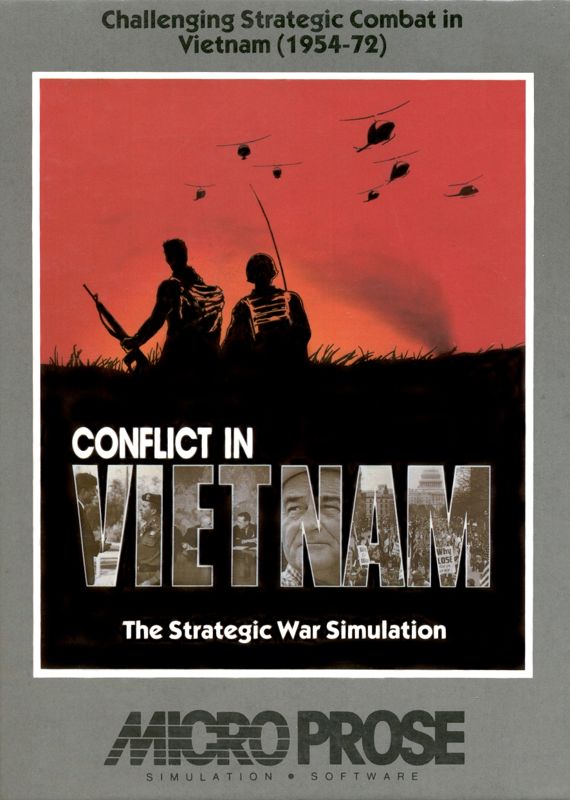
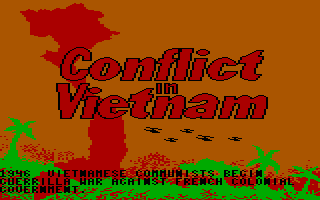
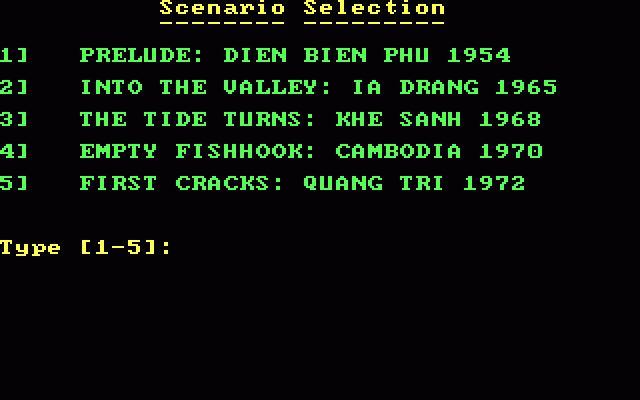
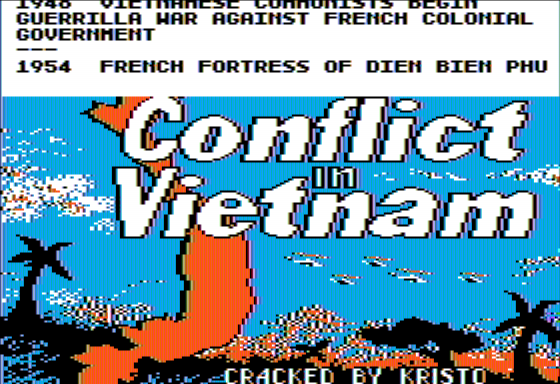
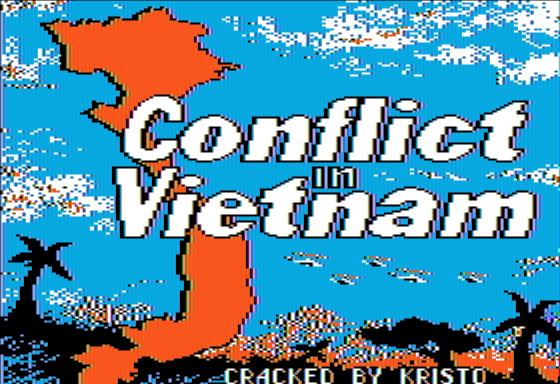
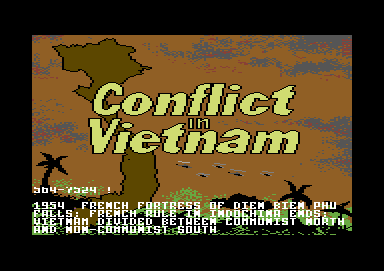



Reviews
There are no reviews yet.